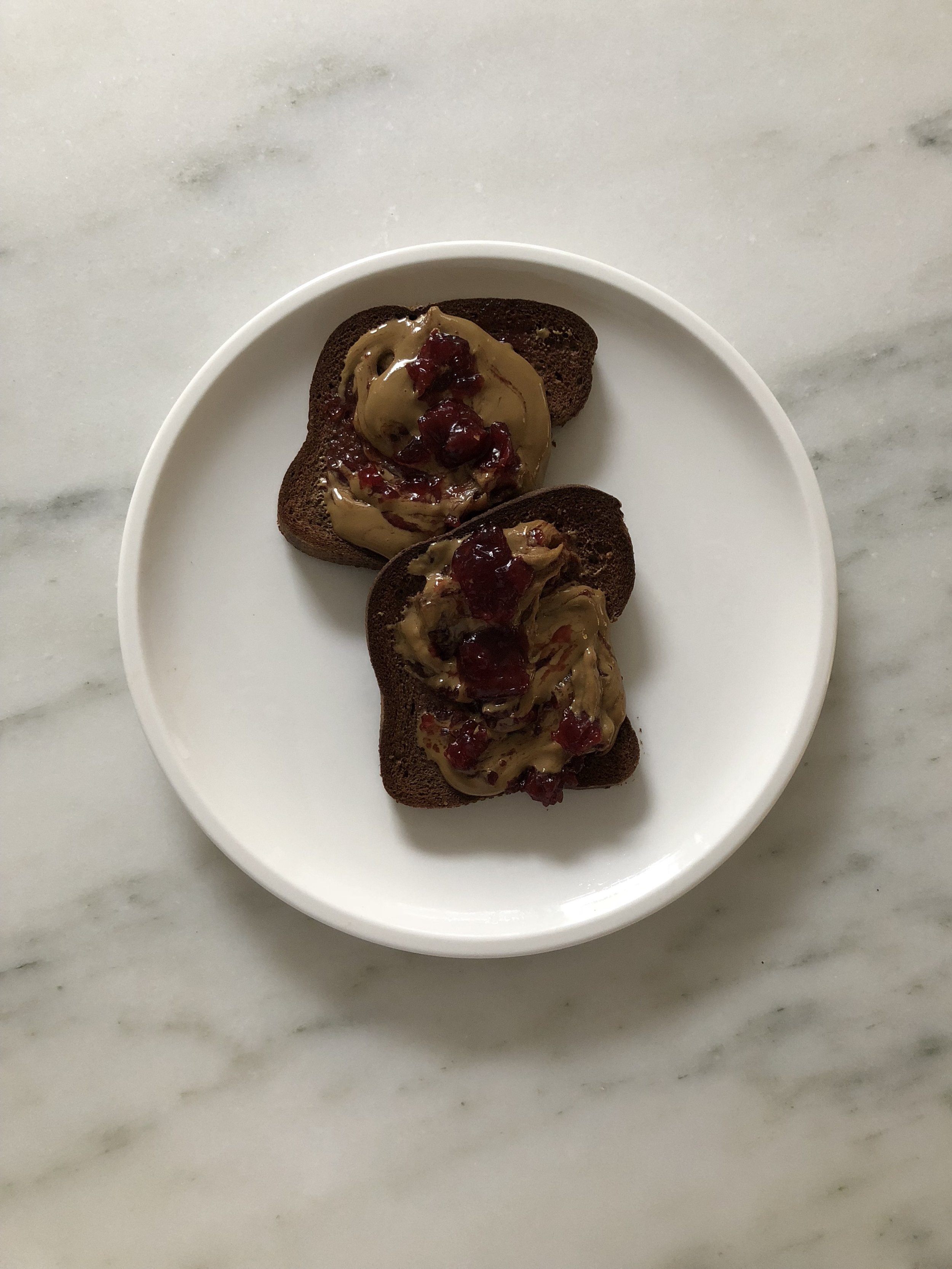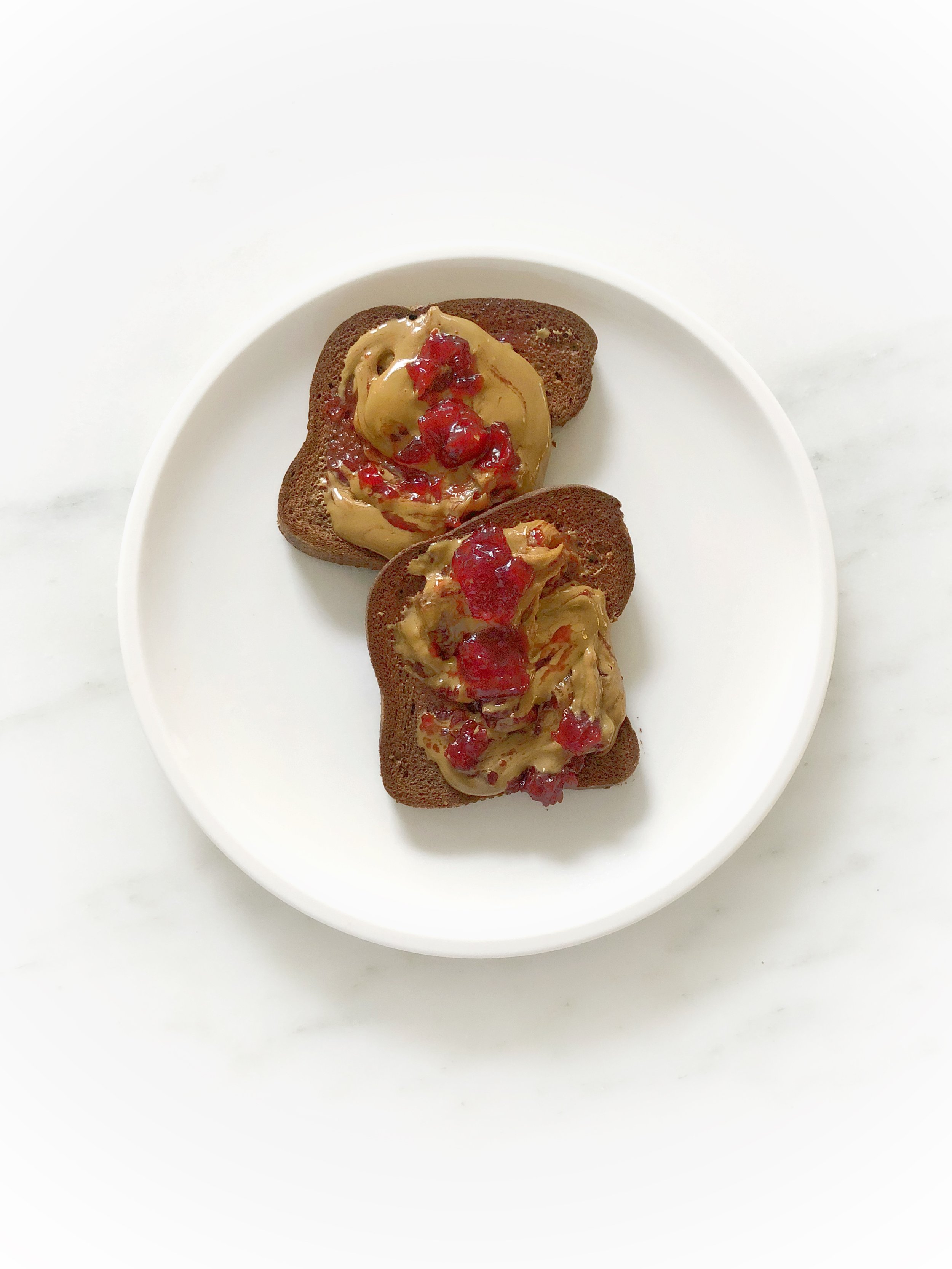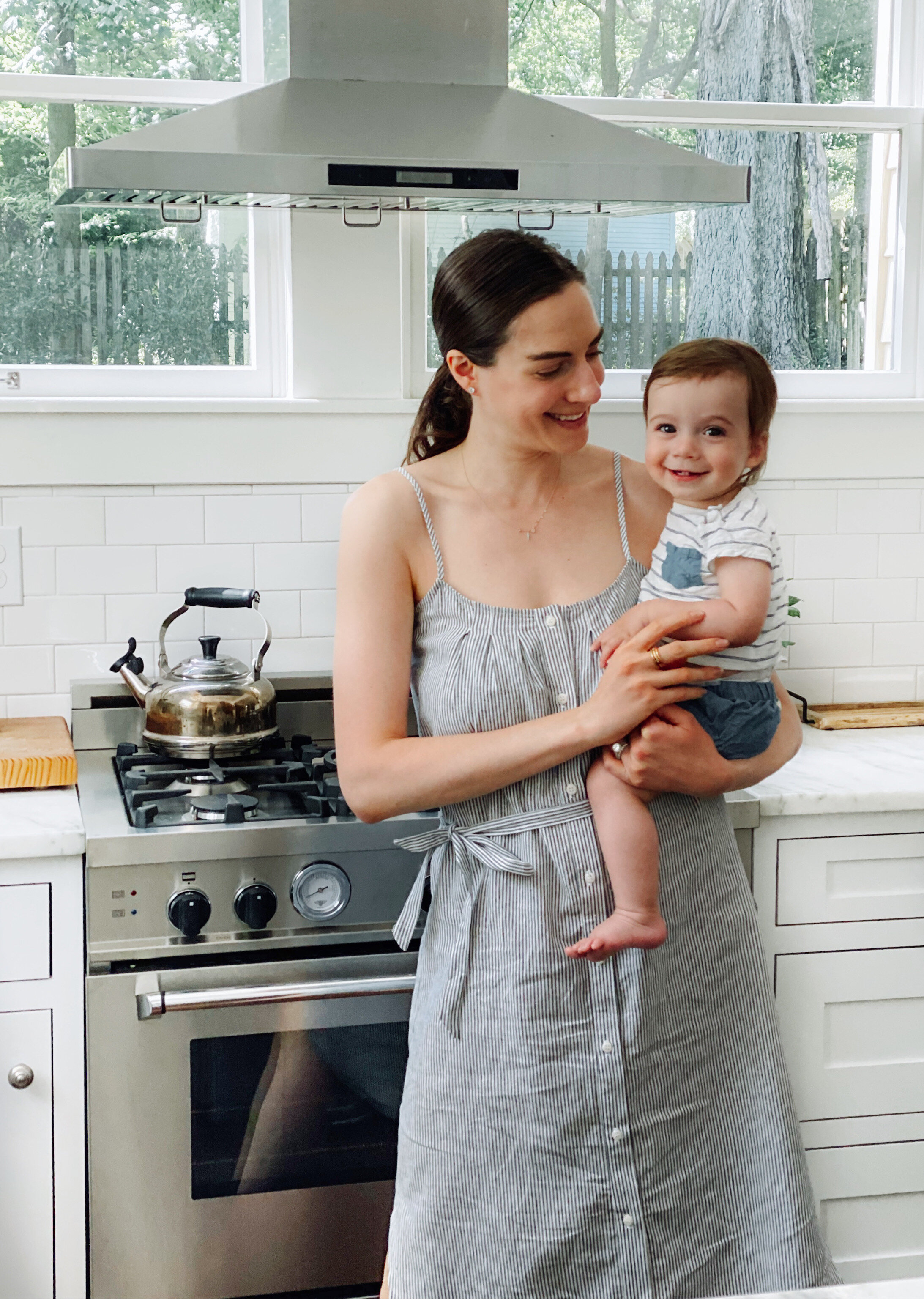The end of 2018 officially marks 3 years since I started the All The Verdure Blog. To celebrate, I am sharing my tips for starting an online presence from square one. This is something I have been meaning to do for a while, as over the last few years I have found myself having similar conversations with friends and family looking to start a website, build an online community and take their own photos. I am drawing on my experience and sharing what has worked best for me and the many other bloggers and businesses I have gotten to connect with.
1. Don’t Wait to Start a Website
Most people who I talk to feel like the website should come second to the social media presence. They are intimidated to start one, feeling like it is overwhelming, they don’t have enough to put on it or that nobody will look at it anyways. Here is why none of that matters:
-Your social media accounts are temporary and not yours. They are super important, and we’ll talk about them in a sec. But the scary reality is that A. They could be gone tomorrow from a glitch or whatever else may happen and B. You don’t own them and can’t rely on Mark Zuckerberg to help you if something happens to go wrong
-Building a website is EASY if you choose the right host. I cannot recommend Squarespace enough. I had never touched a website before I started mine and found it easy and fun. They will even film custom videos of them tweaking your site to show you how to do something which blew my mind!
-You don’t NEED a lot of content to start a website. All you need at first is to have a homepage that shares your ‘why’ and an about me/contact with more information. The content will come with time and nobody is going to notice or judge you for a lack of it at first. Just get it up and running so that you have it for when you want to add to it.
An About Me page is the most important part of your site and something you can create right away.
2. Start One Social Media Account at a Time
Others may disagree, but it is hard to keep up with multiple social media accounts and in my opinion better to avoid being overwhelmed and build a meaningful community in one place at a time. For me, I started with Instagram the same time I started my website. It was a place to share what I was posting on there, and build community through additional posts. Eventually I started a Facebook page so that I could share outside articles and events, create my own events and connect with those who don’t use Instagram. I have a Pinterest page, but really am not active on it and still haven’t figured that one out! I also started a YouTube channel then realized that wasn’t my thing either. You have to find where your community is and what works best for you, but it is better to build meaningful communities one or two places then spread yourself too thin. I also highly suggest starting an email list (have people sign up through your website) which is another platform where you OWN the content and can control who is seeing it (no algorithm!). Mailchimp is a good free platform to start with for that.
3. Focus on lighting and editing simple photos
You don’t need photos to be fancy and complicated to be “good”. They need to look high quality. I have always used an iPhone, but always make sure to shoot in good lighting and edit using an editing app before posting. I like Whitagram and Snapseed as free editing tools. Remember that being REAL doesn’t equate to having to post completely raw, unedited photos. Try utilizing video/story features for raw content and curating an edited feed of photos that will draw in viewers. Your beautiful, tweaked photos will be part of your authentic presence based on the purpose they serve. Creating engaging and real, honest copy is what will help your audience value your authenticity.
4. Don’t kick back and wait for followers.
I’m really not sure how an account would magically start gaining tons of followers, but imagine its something that happens, kind of like winning the lottery. YOU have to get your content into peoples hands and build the community. Try using hashtags to make sure people people see your photos. I add 30 relevant hashtags to the comments section of each photo. Find people who are sharing similar content via hashtags or tagging of other mutual interest accounts (i.e. another food blogger who tags a superfood company you like) and engage with them! There’s usually a very reciprocal norm where if you follow similar size/niche accounts to you and engage with them, they will follow back and engage back. Collaboration over competition!
5. Use a planning tool and content calendar
No matter what form of media you are using, you want to strategically plan your content as much as possible. This is hard in the beginning because you may just want to play around with what kind of content you like and are good at creating. Eventually, I suggest using a physical content calendar- I have one I downloaded from Juliesolomon.net and adapt every month to write what I am sharing on my blog, email list and social media each week. It is also clutch to use an app like Plann to visually lay out your photos if you use Instagram. The biggest thing I have learned is that you can reuse your good content and don’t have to create something new every single week! This can save time and stress and help your community to get to see your content they may have missed or need based on its current relevancy.
My Toolbox:
Website Platform: Squarespace
Photo Editing: Whitagram and Snapseed
Instagram Layout: Plann
Email Newsletter: Mailchimp
Resources: Julie Solomon (videos/freebies for influencers) and The Influencer Podcast (stories of success, tips and tricks for influencers), Jenna Kutcher (videos and resources for entrepreneurs on using social media) and The Goal Digger Podcast (entrepreneurship/social media expertise), The Healthy Maven Podcast (interviews with successful entrepreneurs/influencers in the wellness space), Woke & Wired Podcast (spiritual entrepreneurship and social media as a manifestation tool)







